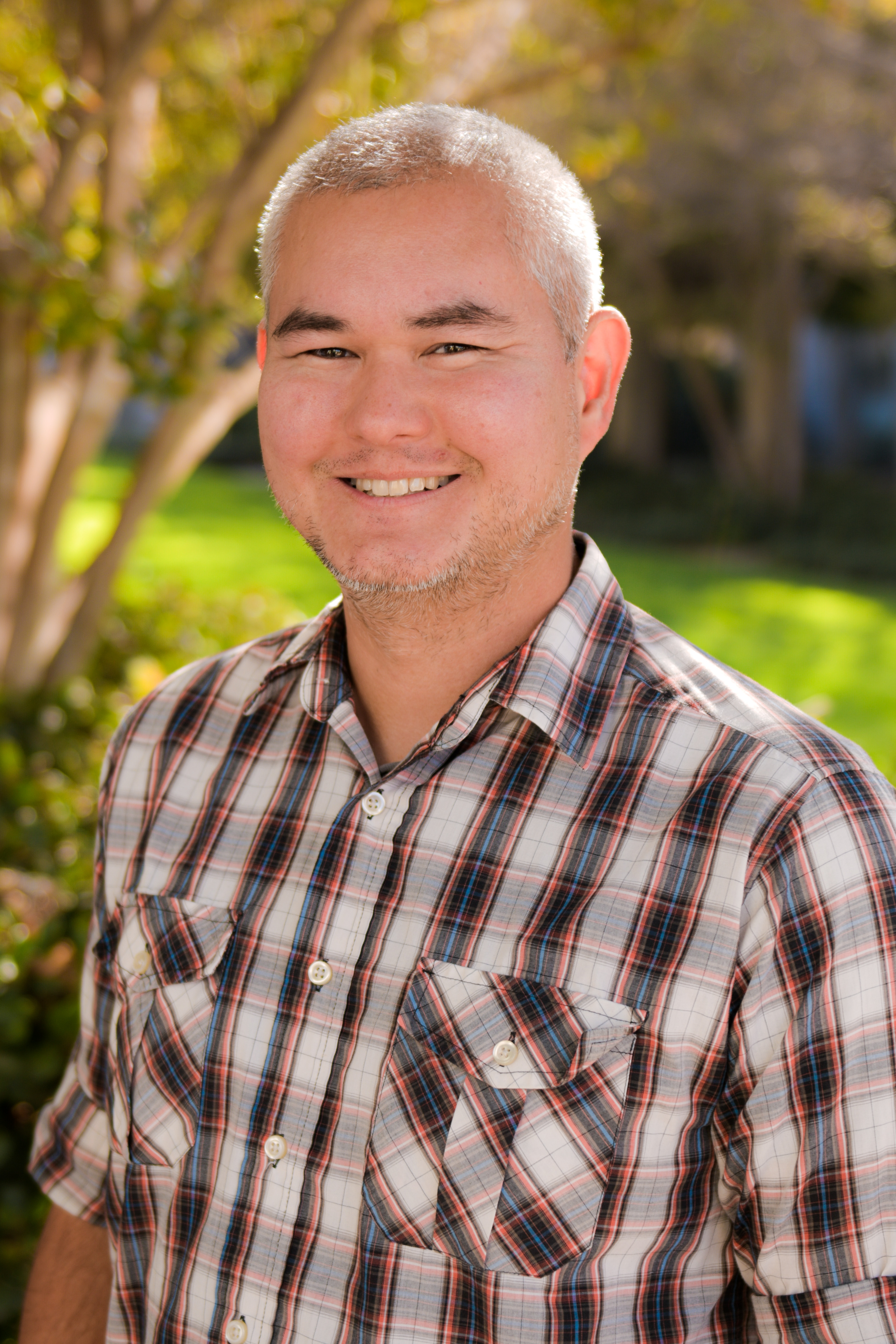Matthew A. Inlay, Ph.D.
Matthew A. Inlay, Ph.D.
Associate Professor
Biography
Matthew Inlay received his Bachelor’s degree from UC Berkeley in 1997, then moved to UC San Diego for graduate school. There he joined the Yang Xu lab and did his thesis work in Immunology on the regulation of V(D)J recombination by the immunoglobulin kappa light chain enhancers. Upon receiving his Ph.D. in Biology in 2003, he moved back to Northern California in 2005 to join Irv Weissman’s lab at Stanford University for his post-doc. There he studied lymphocyte development, hematopoietic stem cell biology, and subsequently embryonic hematopoiesis. In 2013, Matt returned to Southern California to join the Sue and Bill Gross Stem Cell Research Center at UC Irvine as an assistant professor, where he now resides with his wife and son.
Research in Lay Terms
The ability to generate blood-forming stem cells from patient-specific pluripotent stem cell lines holds incredible promise to treat a wide variety of blood diseases and disorders, and is a key goal of regenerative medicine and stem cell biology. However, despite decades of intense research, this goal remains elusive. I feel that a better understanding of the natural pathway by which these blood stem cells emerge during the course of embryonic development is the key to unlocking this riddle, and is thus the main focus of my research.
Research Focus
The primary interest of my lab is to better understand the molecular mechanisms that regulate cell fate decisions. My current focus is on understanding how the blood system arises in embryonic development, and particularly how the blood-forming stem cell originates.
Research Details
The current research in my lab is focused on understanding the origins of the blood system in embryonic development. In adult mammals, all blood lineages including red blood cells, platelets, and the cells of the innate and adaptive immune systems are all derived from a single adult stem cell type, the blood-forming or hematopoietic stem cell (HSC). HSCs continuously produce downstream progeny to repopulate the blood system and maintain homeostasis. In the embryo, blood development occurs in a series of waves, in which the functional properties that define HSCs gradually emerge with each successive wave. Understanding the relationship between each blood wave, and the molecular processes that guide their maturation is the primary goal of my research.
We have identified a population of cells in the mouse embryo that are potentially precursors to HSCs. My previous work determined that these cells are multipotent, capable of giving rise to all blood lineages. Our work now focuses on establishing the in vivo potential of these cells to establish them as bona fide precursors to HSCs. Our candidate HSC precursors are found in many tissues in the developing embryo. However, because these cells are in circulation, it remains unclear from which tissue(s) they originate. We have performed extensive gene expression analysis of these precursors, and identified unique molecular signatures that we can use to perform lineage tracing analyses in mice to determine from which tissues these precursors originate.
Our work in mouse models will greatly inform us of the molecular processes by which HSCs emerge in embryogenesis. We will apply this knowledge to humans by manipulating development in pluripotent stem cell lines to generate HSCs or their precursors, which we will functionally test both in vitro and in vivo.

Email: minlay@uci.edu
Phone: (949) 824-8226
Lab Admin: Connie Inlay
Lab Admin Email: cinlay.s@uci.edu
Department Affiliations:
Department of Molecular Biology and Biochemistry
Favorite book:
Cryptonomicon by Neal Stephenson
Favorite Movie:
The Princess Bride
Favorite Quote:
"I'm a geneticist. I write code, okay? A, G, T, P, in different combinations." Tom Sizemore in Red Planet (no, that's not a typo).